While the vast majority of Rohingyas fleeing to Bangladesh in 2017 were Muslims who faced persecution by the Myanmar military, a smaller number were the Hindus from the northern Rakhine State.
They speak the same dialect and self-identify as Rohingya and were living side by side with the Muslims for years until August 26, 2017, when a masked mob entered a Hindu neighbourhood, butchered one after another and started burning their houses. The attackers were armed with guns, knives and petrol bombs, according to the UNHCR.
Rohingya Conference: Yunus out to destroy Bangladesh in new international plot
Rohingya Christian refugees more vulnerable as ARSA gets stronger
Those who were alive had been held hostage for five days, until their captors went to another village to carry out killings and looting, paving a way for them to escape and run for the hills to cross the border.
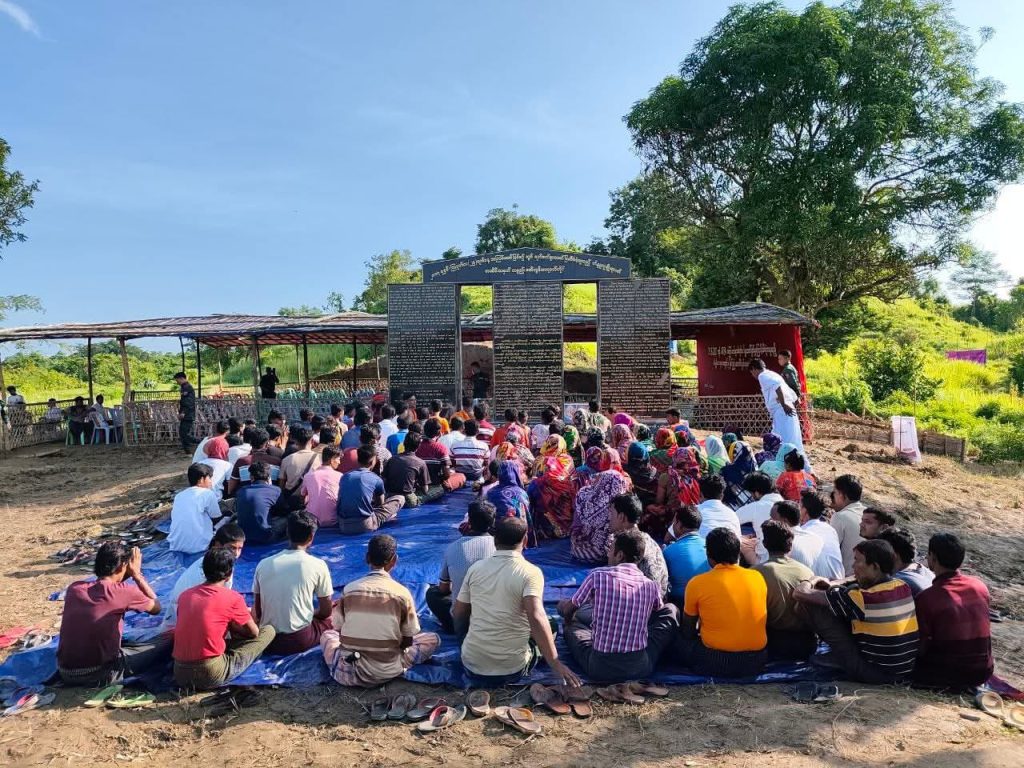
According to the survivors and the UNHCR, at least 113 Hindus were killed in August 2017 by the militants of the Arakan Rohingya Salvation Army (ARSA), who had been attacking police and army outposts in Rakhine since October 6, 2016.
In 2017, the UNHCR stated that 101 Hindu families comprising 523 individuals were living in the Hindu Para, a farming community fringed by forest that was settled by a previous influx of Hindu refugees in the 1990s, under the Kutupalong camp in Ukhiya, Cox’s Bazar.
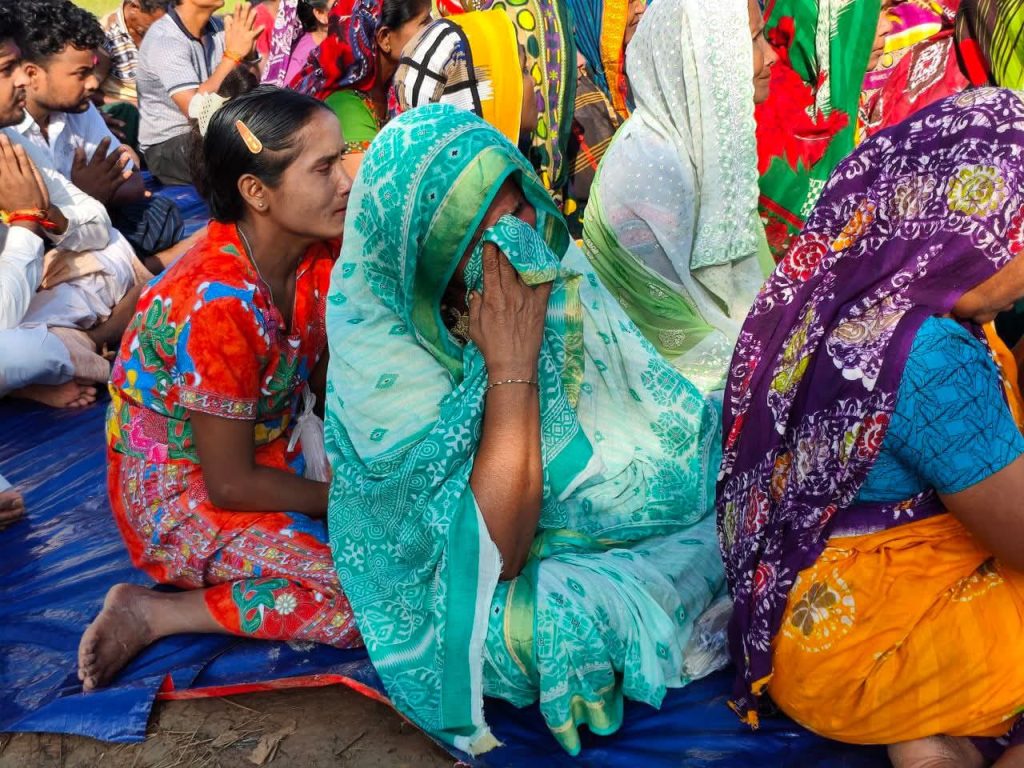
There, a chicken farm has been cleared out and converted into a large dorm-like room for them. On the other hand, countless bamboo and tarpaulin shelters were erected on bald hills on the two sides of the Arakan Road for the Rohingya Muslims.
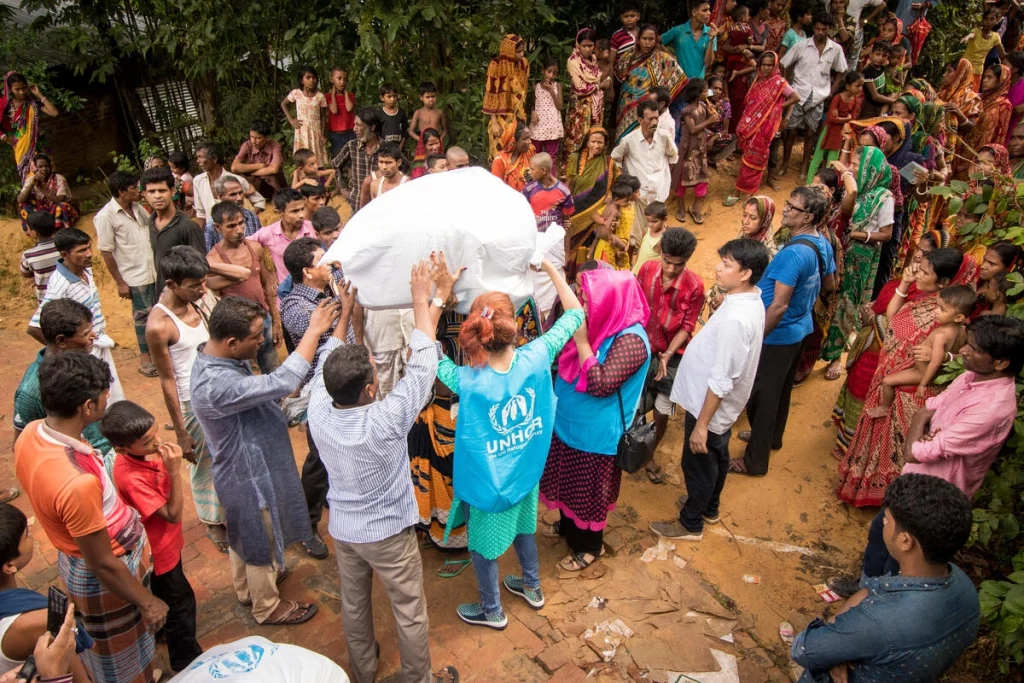
Of them, 27 Hindus who left the camp on September 29 the same year to observe the Bijaya Dashami had not returned. They travelled to the Rakhine State after the Myanmar government urged Hindu refugees to return, promising they would be cared for in Sittwe.
ICG: Rohingyas from Bangladesh camps are fighting against Arakan Army
Brig Azmi’s Dark Plan: Islamizing army, unleashing suicide squads on India
According to the Danyawady IDP (Internally Displaced People) camp officials in Sittwe, most of the Hindus across the border were from Ohtein village in Maungdaw Township and had fled the day after the initial attacks in August. A further eight Hindu women were from Ye Bauk Kyar village, around 15km south of the Bangladeshi border, whose inhabitants the authorities previously believed had all been killed.
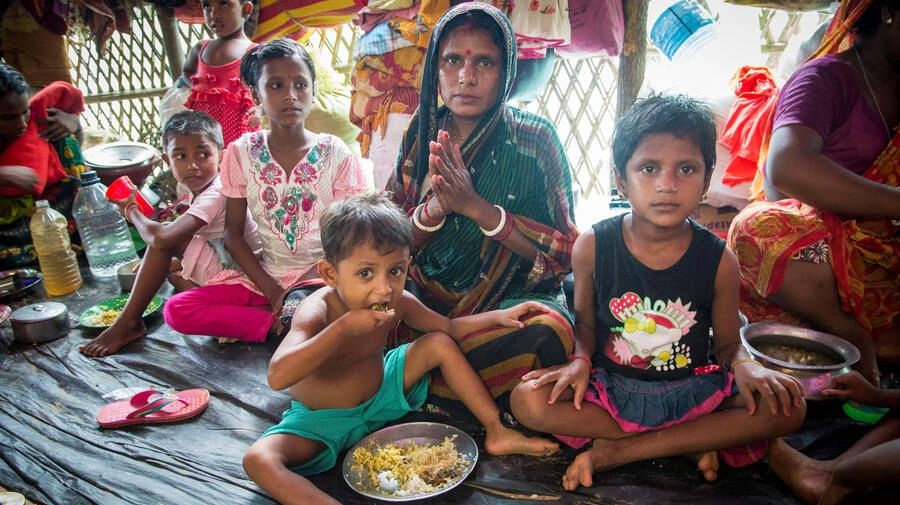
In January 2021, Myanmar’s foreign office demanded that Bangladesh send back the Hindu refugees in the first repatriation phase, during an online meeting with Bangladeshi and Chinese officials.
The Hindu Rohingya refugees in Bangladesh say they are eager to return to their native villages in Myanmar. But the repatriation process was halted in 2018 and 2021.
Commemoration
A memorial ceremony was held for the death of 113 Hindus at the hands of ARSA militants in late August 2017.
The eighth anniversary was held in Maung Taw Township on August 25, where the Hindus prayed for the deceased according to religious tradition.
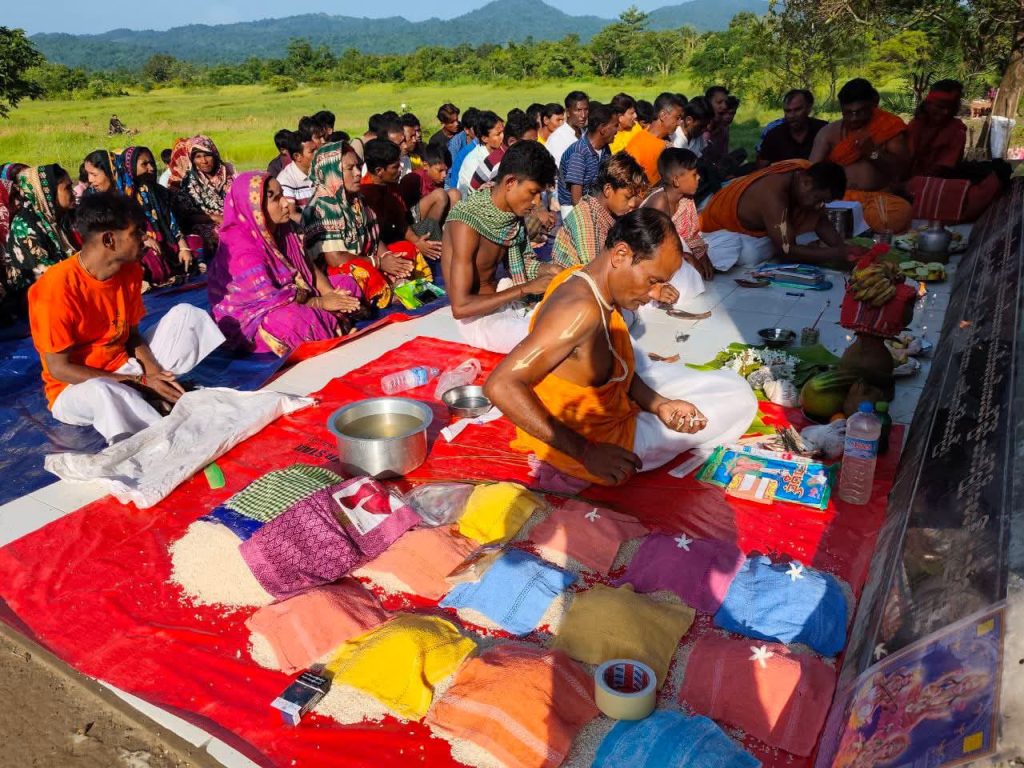
Among the participants was Domarina, who is the only living person in her family of eight. The ARSA militants butchered seven members of her family.
The Hindus earlier requested the Military Council to let them hold a memorial ceremony, but the permission was not granted. Later, they got the opportunity with the support of the Arakan Army.
U Chit Aye Maung, the administrator of Hindu Affairs of Maung Taw Township, said that they remembered the Hindus who had been killed as per rituals. “We want to make the Hindus safe,” he said.